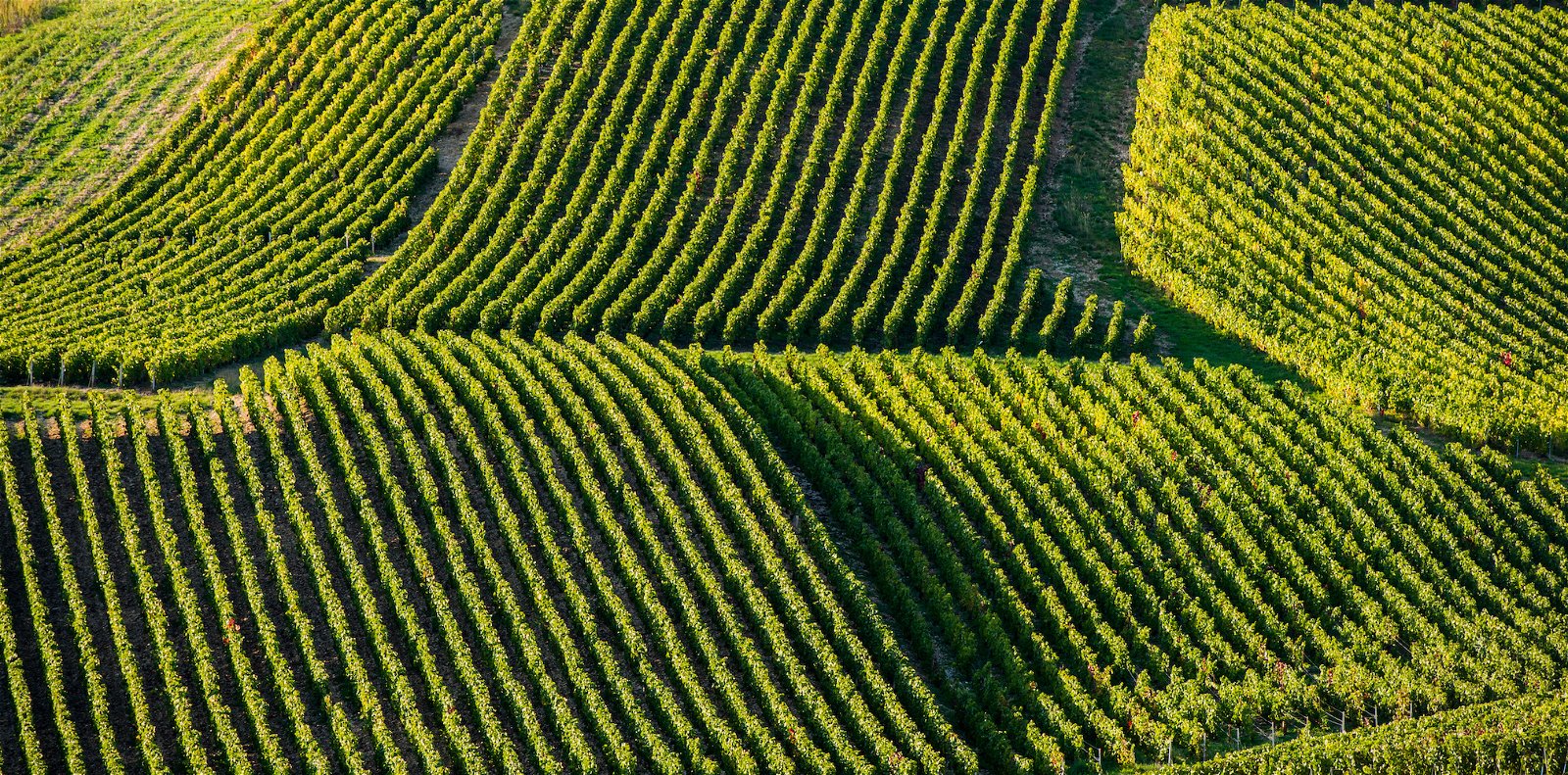
What is Dolcetto?
Dolcetto is a red grape variety from north-west Italy, which makes vibrant, fruity wines that are so often overshadowed by those made from more highly regarded local peers, Nebbiolo and Barbera.
What does Dolcetto taste like?
Dolcetto is renowned for its succulent, easy-drinking style, with black cherry fruit and a refreshing prickle of acidity. While Dolcetto can also produce more tannic, reasonably ageworthy styles, in its Piedmont home this variety is usually made with everyday drinking in mind, leaving grander occasions to other grapes.
Where is Dolcetto from?
Dolcetto is widely believed to be a native of Monferrato in Piedmont; where the grape has been documented since the 16th century. However, there is a theory that Dolcetto was introduced from nearby France in the 11th century.
Where does Dolcetto grow?
Dolcetto is mostly found in Piedmont, where producers tend to plant it on sites too cool or inferior for their more prized Nebbiolo and Barbera. Dolcetto is also widely planted in neighbouring Liguria, with smaller amounts found in several other parts of Italy, including Lombardy and Sardinia. Overseas, small plantings of Dolcetto are found in several states of the US, as well as Australia and New Zealand.
Famous Dolcetto regions:
Piedmont, Italy
Anything else?
Dolcetto’s name translates from Italian as “little sweet one”, a reference to the variety’s sweet tasting berries which, unlike many wine grapes, can be very palatable in their own right.
Our selection of great Dolcetto
- GD Vajra, Dolcetto d’Alba, Piedmont
- Marcarini, Dolcetto d’Alba, Piedmont
- Luigi Einaudi, Dolcetto di Dogliani, Piedmont
- Best’s, Great Western, Australia
This grape variety is also known by the name of:
Acqui, Bignona, Bignonina, Beina, Charbonneau, Charbono, Chasselas Noir, Barbirono, Douce Noire, Corbeau, Dolchetto, Dolcetto a raspo rosso, Dolsin Raro, Dolsin, Dosset, Mauvais Noir, Nebbiolone, Nera Dolce, Orincasca, Ormeasco, Ormeasca, Plant de Turin, Primaticcio, Premasto, Ravanellino, Promotico, Refork, Plant de Savoie, Refork Debeli, Refork Male, Refosk Debeli, Uva d´Acquia, Uva del Monferrato, Uva di Roccagrimalda, Turino, Rotstieliger Dolcedo, Turin, Uva di Ovada
















